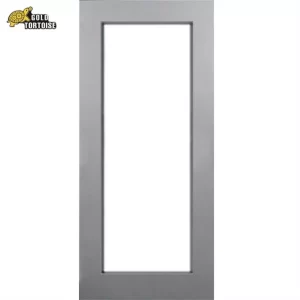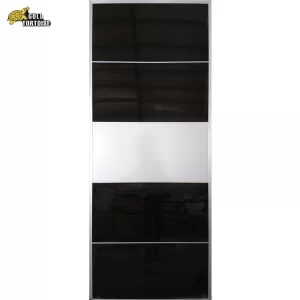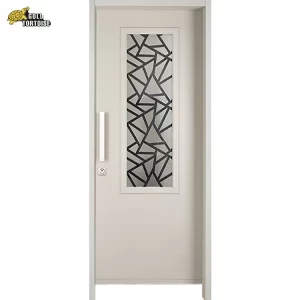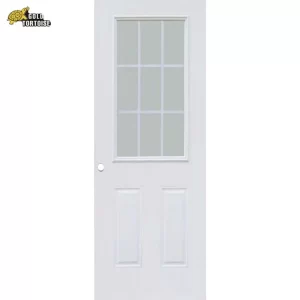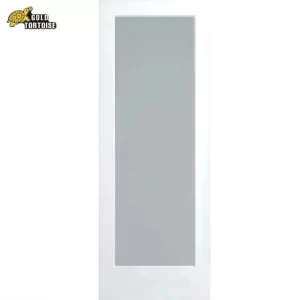1. Since it is impossible for people to close the door at will when a fire occurs, the fire door must be closed automatically, and an automatic door closer must be installed. At present, automatic door closers are divided into two types: hydraulic type and spring type. Most of those used for fire doors are hydraulic type door top springs and single-tube type spring hinges that open in one direction. It should be noted that this kind of automatic door closer should not be installed on the side of the fire surface by mistake, so as to avoid high temperature damage in the event of a fire. Usually, it is necessary to ensure that the automatic door closer is sensitive and effective, and if it is damaged, it should be replaced in time.
2. Fire doors that are usually open must be provided with fixing devices to facilitate passage. Generally, there are electromagnetic release switches or fusible alloys to fix the door on the walls on both sides. In the event of a fire, the door is demagnetized (or energized and magnetized to open the latch) or the alloy is burned, and the door is automatically closed under the action of a spring. It is worth noting that the fire door cannot be fixed with hooks or door cards, because people in a panic will not close the door in the event of a fire, which will cause fireworks to enter, thus making the aisles and stairwells lose the role of safe evacuation. .
3. Fire doors in stairwells designed for evacuation are usually locked in use for theft prevention. In order to solve the problem of fire and theft, such fire doors can use electromagnetic door locks. Personnel in this building can use the key to open and enter. In the event of a fire, the smoke detector is linked or remotely controlled by the fire control room to connect the circuit. The lock tongue is retracted under the action of magnetic force, and the door can be pushed open. A simple mechanical push-bar door lock can also be set up, which can be opened by pushing the door from the inside at any time, and the door will rebound and close when people go out.
4. Some double-leaf fire doors have bites for sealing. If the order of closing is reversed, they cannot be closed tightly. Therefore, a sequencer to control the steps before and after the door is closed must be set.
5. If the door handle of the fire door must be turned by hand to open, it may not be able to open the door because it is burnt in the fire. For this purpose, a push-rod door lock should be used, and the fire door can be opened only by hand pushing or body squeezing.
6. It is necessary to prevent carpets or indoor furnishings from jamming the fire door to ensure that it can be used normally in the event of a fire.

